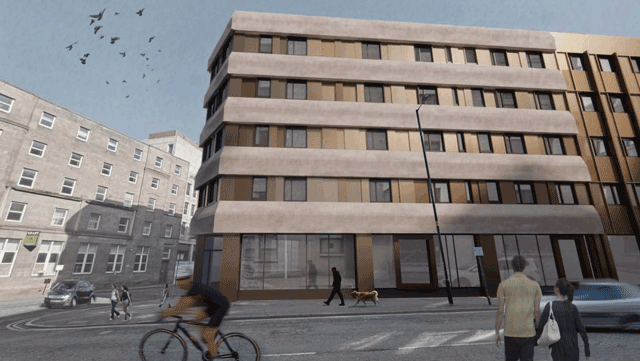Nick Wright, Senior Director Strategic Consulting – Investors, CBRE
PropTech is now an established term which has served as a catalyst for the discussion about change in an evolving real estate market. As an industry, we have moved from worrying about technology as a disruptor to accepting that it is an integral part of the industry’s future, and can be used to facilitate positive change.
Now the real challenge for organisations is how to plan for and deliver an innovation strategy that will result in a lasting organisational transformation.
I have been fortunate to be involved in discussions, workshops, presentations, panels and events with investors, operators, managers, occupiers and technology businesses exploring the relationship between property and technology.
The key trend I see is that the conversation is moving away from the technology itself, (what is the best tech? what should I buy?) to more fundamental questions, how to innovate with technology in property to either enhance real estate value and/or the user experience to remain relevant now and in the future?
Failure is an option
As an industry, real estate takes a long-term view on investment and development which can lead it to being risk-averse and less open to failure. But, as the business of real estate is transforming, so must people’s mindset.
Technology and innovation are redefining the relationship between the digital and the built environments, and are also reflected in the challenge of an industry pivoting from a B2B model to a B2C one.
Accepting these changes and the part that technology will play is just the start. Momentum and strong leadership are required to move the mindset dial from acceptance to adoption. This should be driven from the top with board support, strong leadership and a clear vision.
A growing importance is now attached to end-user experience (UX), the provision of excellent services and a better understanding of how to meet the demands of real estate customers. Any future real estate strategy should reflect this and have customer at its heart.
So who are the customers of real estate? They can be segmented between capital (investors), customers (corporate tenants) and consumers (users). Each of these groups need to be identified and their different demands evaluated and understood.
Changing demands
The capital demand is for better data, metrics and more efficient reporting to optimise asset performance. The customer wants best value and efficiency as the entity or individual that pays for and engages the service – traditionally a property director, FD or COO driving operational savings and helping reflect brand and with attracting/retaining talent.
The consumer as the user of real estate space has a more emotional relationship with the workplace with an emphasis around personalising employee satisfaction, enhancing wellbeing and optimising flexibility. These three customer types have different demands but as the business of real estate changes these requirements are undoubtedly converging.
What is clear with technology is that it’s not what you’ve got but what you do with it – whether reviewing through the lens of an investor or an occupier. Any future looking real estate strategy should reflect the changes taking place across the industry, while seeking to identify and understand the customer and their changing demands.
What I enjoy, is using digital enablement to create value and relevance across them both by bringing clients something they see of unique value from the data and technologies that are at my fingertips!











